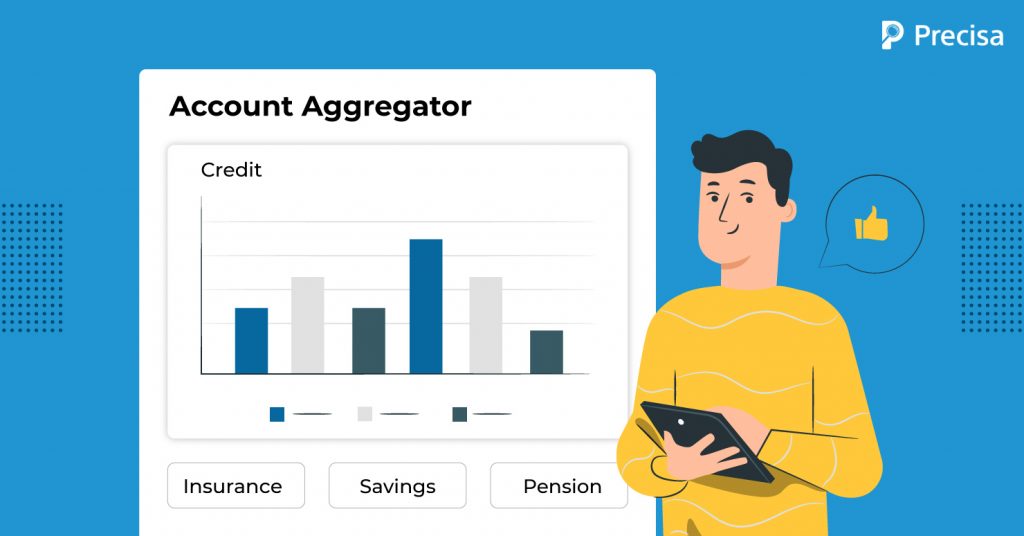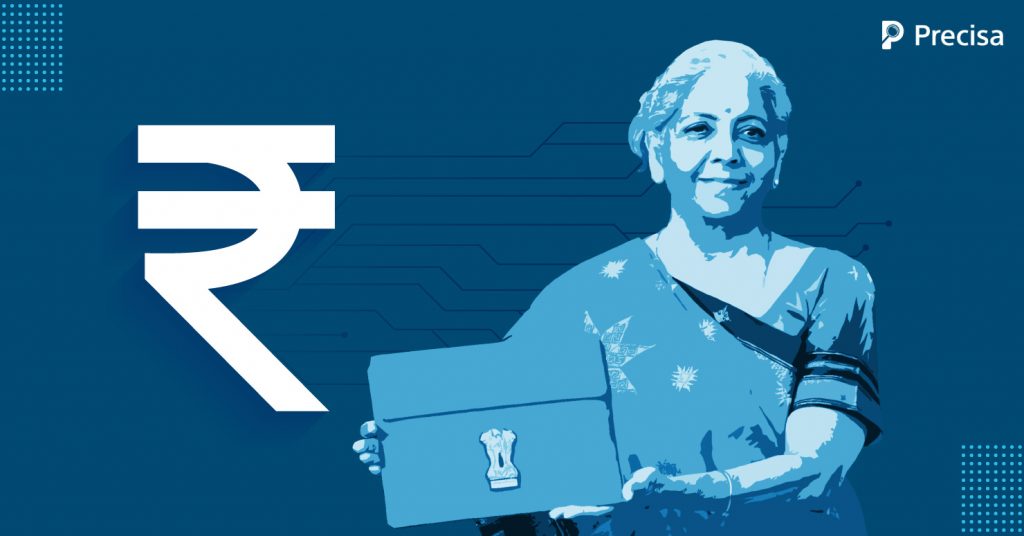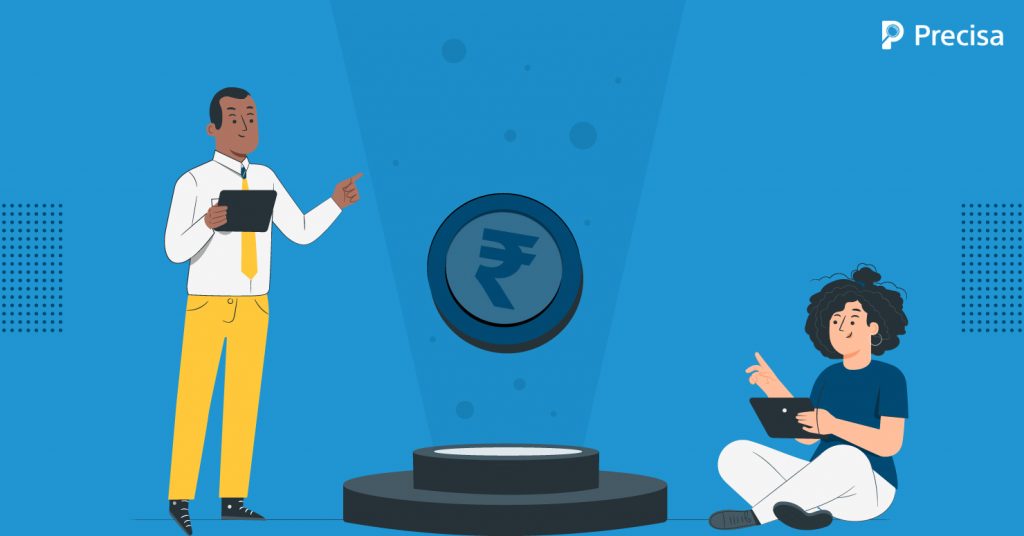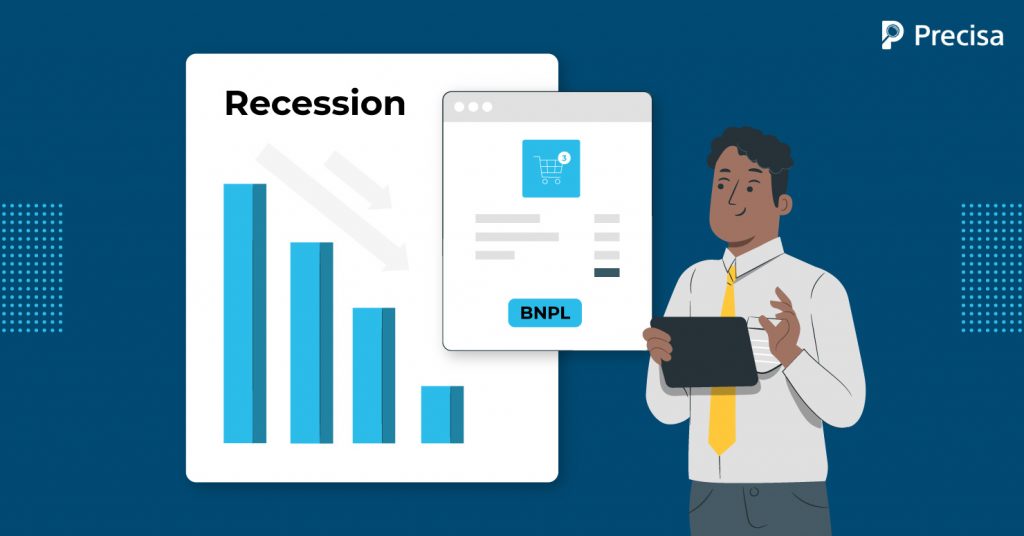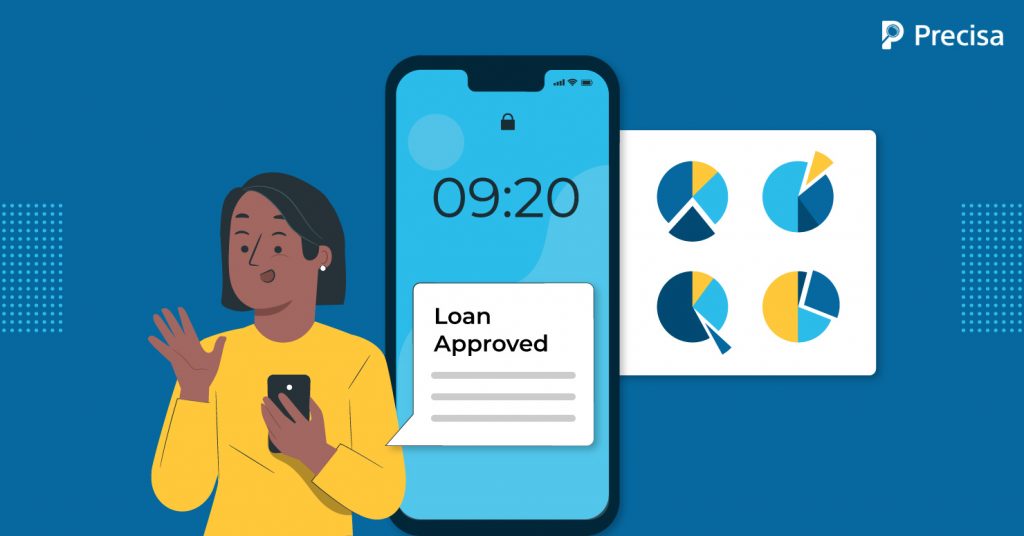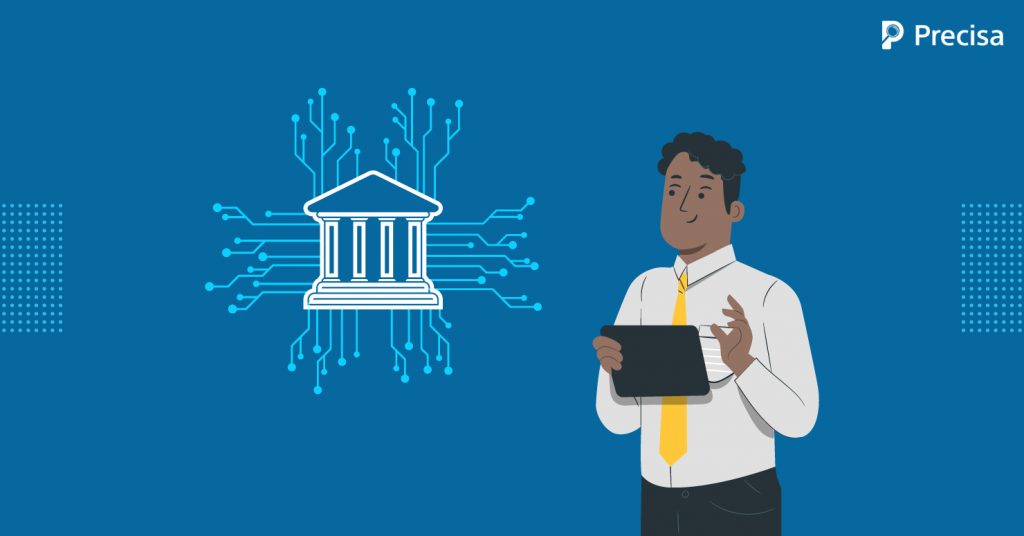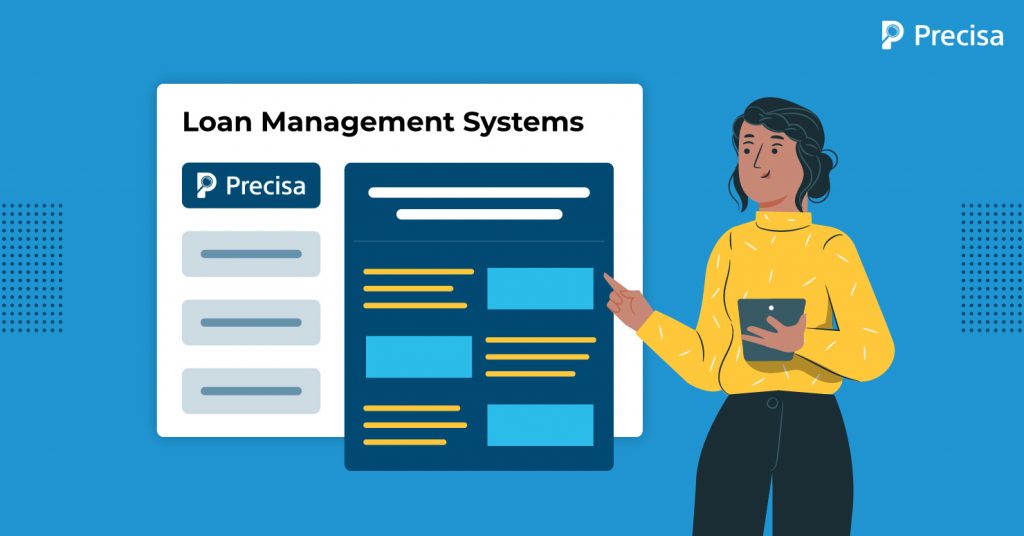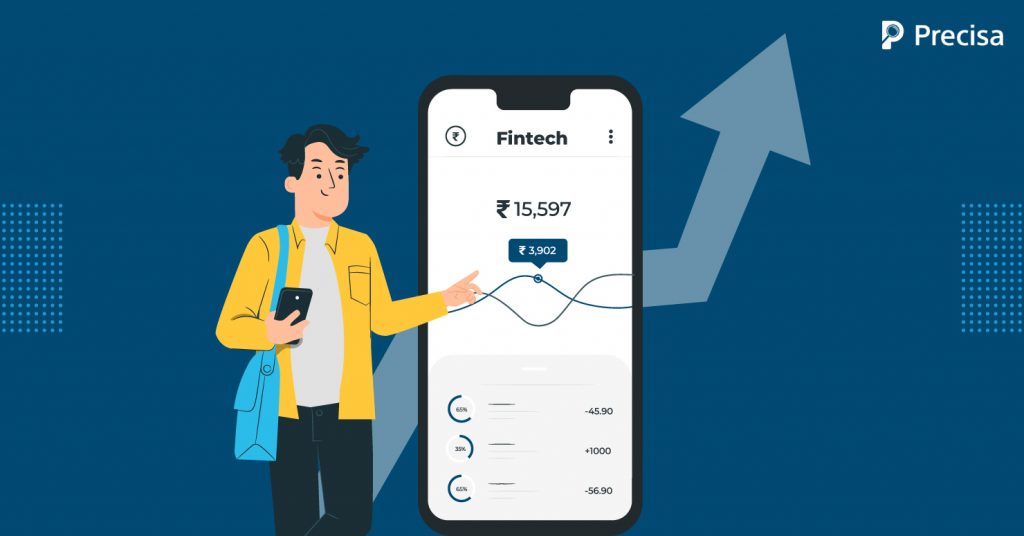The Reserve Bank Of India introduced the Account Aggregators (AA) framework in September 2021 to facilitate access to financial data and encourage financial inclusion. An Account Aggregator collects a user’s digital financial data from one or more accounts and delivers it to the financial institution providing services like loans or insurance to the user. The […]
Impact of Union Budget 2023 on Fintech-Based Digital Lending
The digital lending industry has proliferated over the years and now plays a critical role in driving the country’s economic development. According to an EY report, India’s fintech market will be worth $200 billion by 2030, up from $50 billion in 2021. The fintech sector is bridging the gap in providing banking services to last-mile […]
RBI’s Digital Lending Guidelines for Borrowers and Lenders: Pros and Cons
The booming fintech ecosystem in India has led to the emergence of countless companies that offer various credit services. However, despite its benefits, this expanding fintech vista has also led to the proliferation of unregulated digital lenders conducting unethical business, excessive third-party engagement, and rising risks to digital privacy. Moreover, unjust interest rates and inhumane […]
Fintech-Bank Collaborations: A Necessity For Digital Banking
Banking, one of the world’s oldest industries, has been around for nearly 4000 years. From the earliest recorded temple loans in ancient Babylon, which date back to 2000 BCE, to the most recent technology-enabled services, such as open banking and Banking as a Service (BaaS), it has consistently played a systemic role in the development […]
What Does a Situation Like an Uneventful Recession Mean for BNPL?
Buy Now Pay Later (BNPL) services are steadily gaining popularity in the Indian market. The value of these services is expected to reach INR 1.1 trillion ($15 billion) in 2026, growing at a compound annual growth rate (CAGR) of 32.5% between 2022 to 2026. The COVID-19 pandemic, aided by factors like impulsive buying and disposable […]
How Can Open Banking Overcome the Challenges in Underwriting?
In a digitally-accelerated financial services sector, traditional lending services relying on manual workflow often face several roadblocks. One of the biggest challenges is assessing a borrower’s creditworthiness in terms of accuracy and speed. A thorough process to determine creditworthiness takes time and requires access to relevant data. Loan origination processes are equally time-consuming, and these […]
5 Key Highlights of the RBI Guidelines for Digital Lending You Should Know
Indian fintechs have made rapid gains in the payments space over the past few years because of UPI, which has led to a significant increase in fintech investment in India. Approximately $135 billion were transacted monthly through UPI (as of June 22), 9 times more than credit cards, which have been around for over 40 […]
Open Banking and the Future of the Financial Service Ecosystem
In 1994, Bill Gates famously said, “Banking is necessary, banks are not”. The emergence of technology-driven open banking and available financial data could mark the beginning of this change. Technology has been pivotal in shaping the financial services sector for many decades. Today, with the greater adoption of fintechs, the importance of technology in the […]
10 Key Factors to Consider When Selecting a Loan Management System
It would be an understatement to say that the adoption of advanced technologies has triggered evolutionary changes in the banking and finance industry. In the Indian scenario especially, lending tech has democratised credit delivery by providing loans and advances to demographics and industries that were otherwise overlooked by conventional banking. To a large extent, this […]
Why Fintech Apps Are Important for Growing Businesses
Over the last five years, fintech apps have disrupted the financial services sector as we know it. In 2020, the global fintech technologies market was valued at $110.57 billion, and it is expected to grow at a compound annual growth rate of 20.3% to reach a market share of $ 698.48 billion by 2030. While […]

